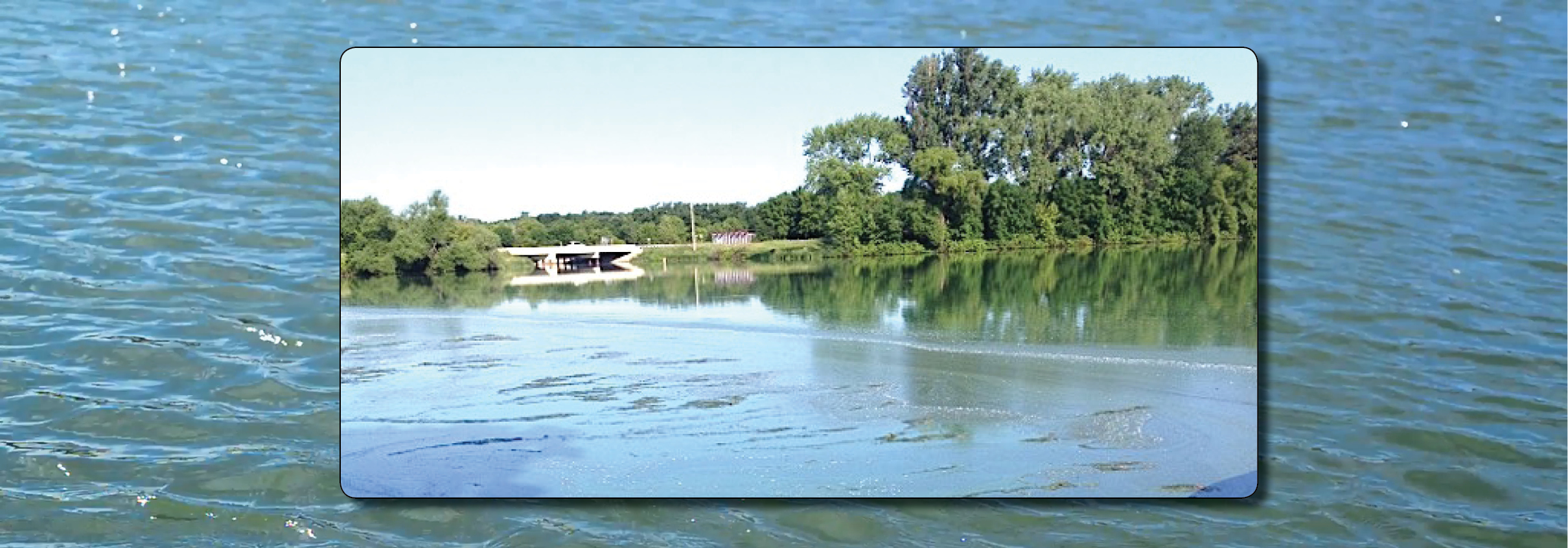by Dennis Dalman
editor@thenewsleaders.com
Residents along the Mississippi River north of Sartell are invited to an informational-and-input “Drawdown Meeting” from 7-9 p.m. Wednesday, Sept. 27 at Watab Town Hall.
Residents of Little Rock Lake southeast of Rice are also invited.
The town hall is located at 660 75th St. NE about five miles south of Rice.
In the summer of 2018, a three-foot drawdown of Little Rock Lake and a stretch of the Mississippi River is expected to be done. The drawdown is expected to improve water quality. However, during the six-week drawdown, there will be inconveniences to recreational uses of the river and lake because of the lowered water levels.
The drawdown would begin Aug. 1, 2018 and last until mid-August.
Many lake and river residents have attended drawdown meetings during the past two or three years, meetings hosted by various organizations and presented by the Minnesota Department of Natural Resources, which is proposing the drawdown.
The last public meeting took place Aug. 11, also at Watab Town Hall.
MnDOT has been networking with the Little Rock Lake Association and the Benton County Soil and Water Conservation District in researching how best to do the drawdown.
At one time, it was assumed Eagle Creek Energy, which operates the hydroelectric dam at Sartell could just open the dam to lower the water level to the dam’s north. But that could cause problems for Eagle Creek Energy and so other lowering options are being considered, such as construction of a temporary coffer dam. That and other options have yet to be determined. More information about options will be presented at the Sept. 27 meeting.
A drawdown would kill unwanted vegetation along the edges of the river and the lake. It would promote the growth of healthy plants in those margin areas that could act as both filters and as uptake for high-rich nutrients that can and do cause undesirable algae growth in rivers and lakes.
As other drawdowns in Minnesota have shown, a successful drawdown can improve water quality, shoreland stability and an increase in habitats for fish and wildlife. Other water-quality treatments have been considered, such as dredging, filtration, vegetative mats, addition of aluminum sulfate and the use of barley bales. However, such techniques are either band-aid solutions or tend to be prohibitively costly.
People who want to comment on the drawdown proposal can go to the following website: www.dnr.state.mn.us/areas/fisheries/littlefalls/drawdown. There, they can email their opinions or suggestions.
Background
The Sartell dam was built in 1907, which raised the water level by as much as 15 feet upriver and which caused the backflow that created Little Rock Lake.
The lake (flooded area) caused plant growth to be restrained, and that in turn led to shoreline erosion and nutrient build-up in the water. Complicating those factors was the use of land on the huge watershed north of Little Rock Lake. Instead of forested and shrub lands, that area was converted into use by cities, businesses, homesteads and agriculture. That caused even more nutrients to build up and a further decrease in desirable vegetation that can process nutrients.



